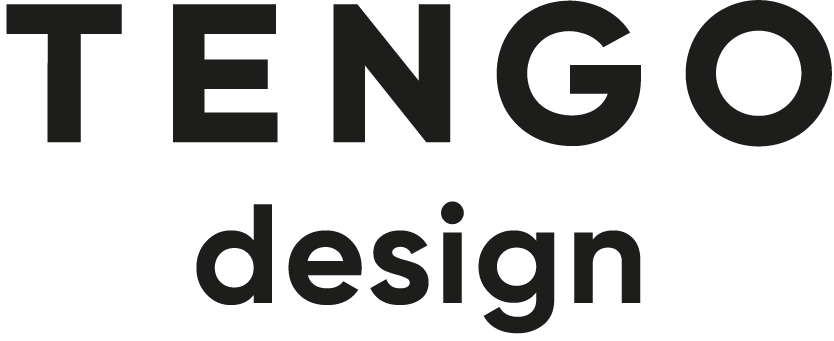Ergonomic Office and Wellbeing: How the Workspace Affects Employees' Health
A healthy workstation today is not just about comfort—it is a key element of workplace health prevention. More and more organizations recognize that investing in office ergonomics and employee comfort translates into better performance, lower absenteeism, and greater team loyalty. At TENGO Design, we believe that health begins with the space itself—a well-designed office can serve as a natural part of health prevention, supporting both the body and mind of employees. When designing offices, we focus on three pillars: ergonomics, design, and wellbeing, creating spaces where people feel comfortable and productive.
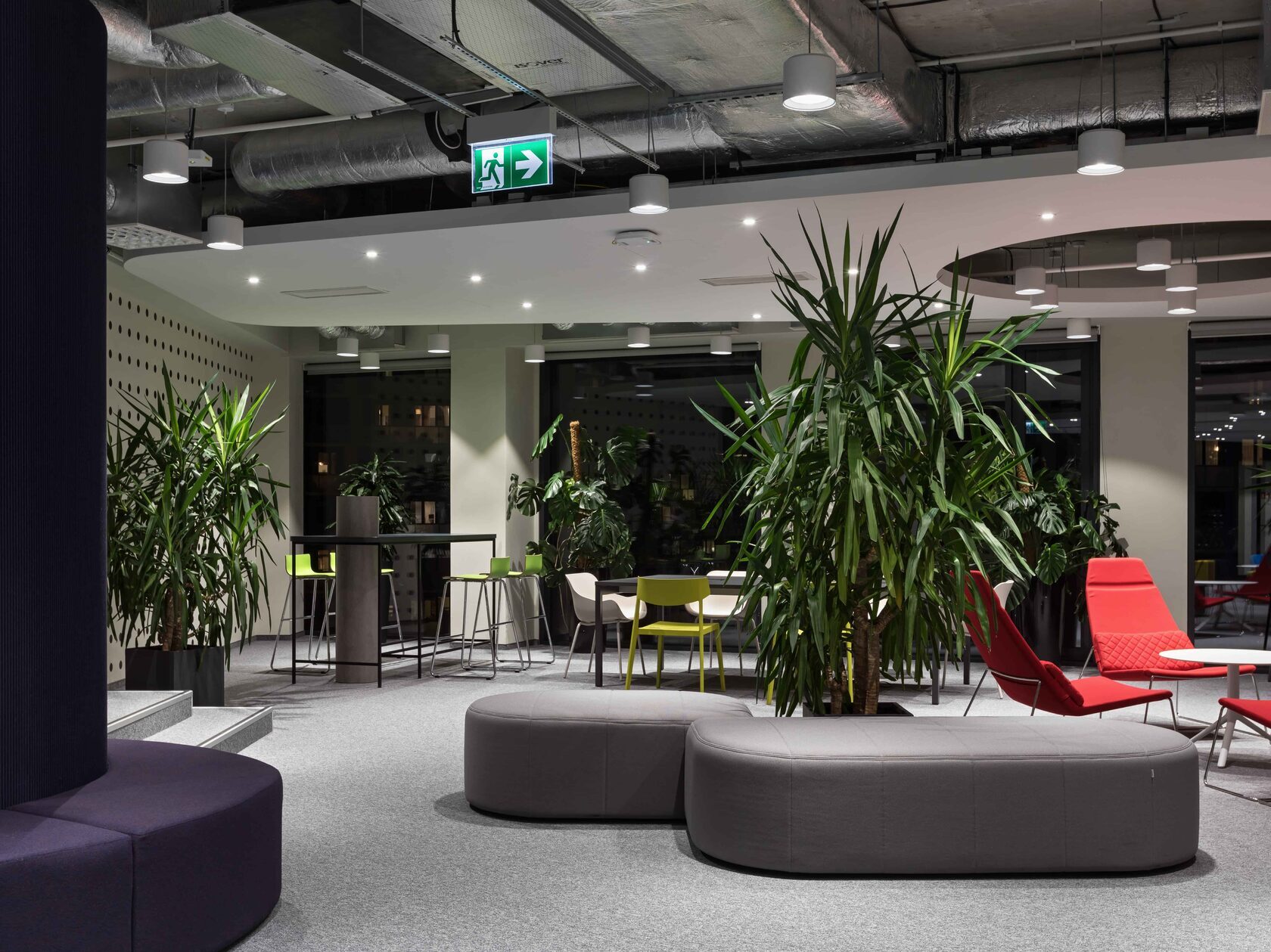
Why office ergonomics is not a luxury but a necessity
Why office ergonomics is not a luxury but a necessity
Experts from Profilaktyka Pracownika emphasize that the average employee spends over one-third of their professional life in a seated position. Prolonged sitting and improperly adjusted desks or chairs can lead to spinal strain, back pain, eye fatigue, and decreased concentration and energy. That’s why ergonomic and functional offices are essential—properly designed workstations support physical health, improve psychological comfort, and increase the overall efficiency of the team.
The solution lies in creating spaces that allow changes in posture, encourage movement, provide proper lighting, and foster a friendly environment for focus and recovery. Such a healthy office becomes an effective tool for both prevention and employee motivation, as confirmed by research on ergonomics and wellbeing in the workplace.
3 Pillars of a Healthy Office According to TENGO Design
3 Pillars of a Healthy Office According to TENGO Design
1. Ergonomics and Movement
1. Ergonomics and Movement
Office spaces should encourage activity and allow for natural changes in posture. Height-adjustable desks enable both sitting and standing work, reducing muscle tension and spinal strain. Comfortable chairs with lumbar support ensure optimal posture during long hours of work. Additionally, activity zones and areas for short stretching breaks throughout the day promote movement and improve circulation, which is essential for workplace health prevention.
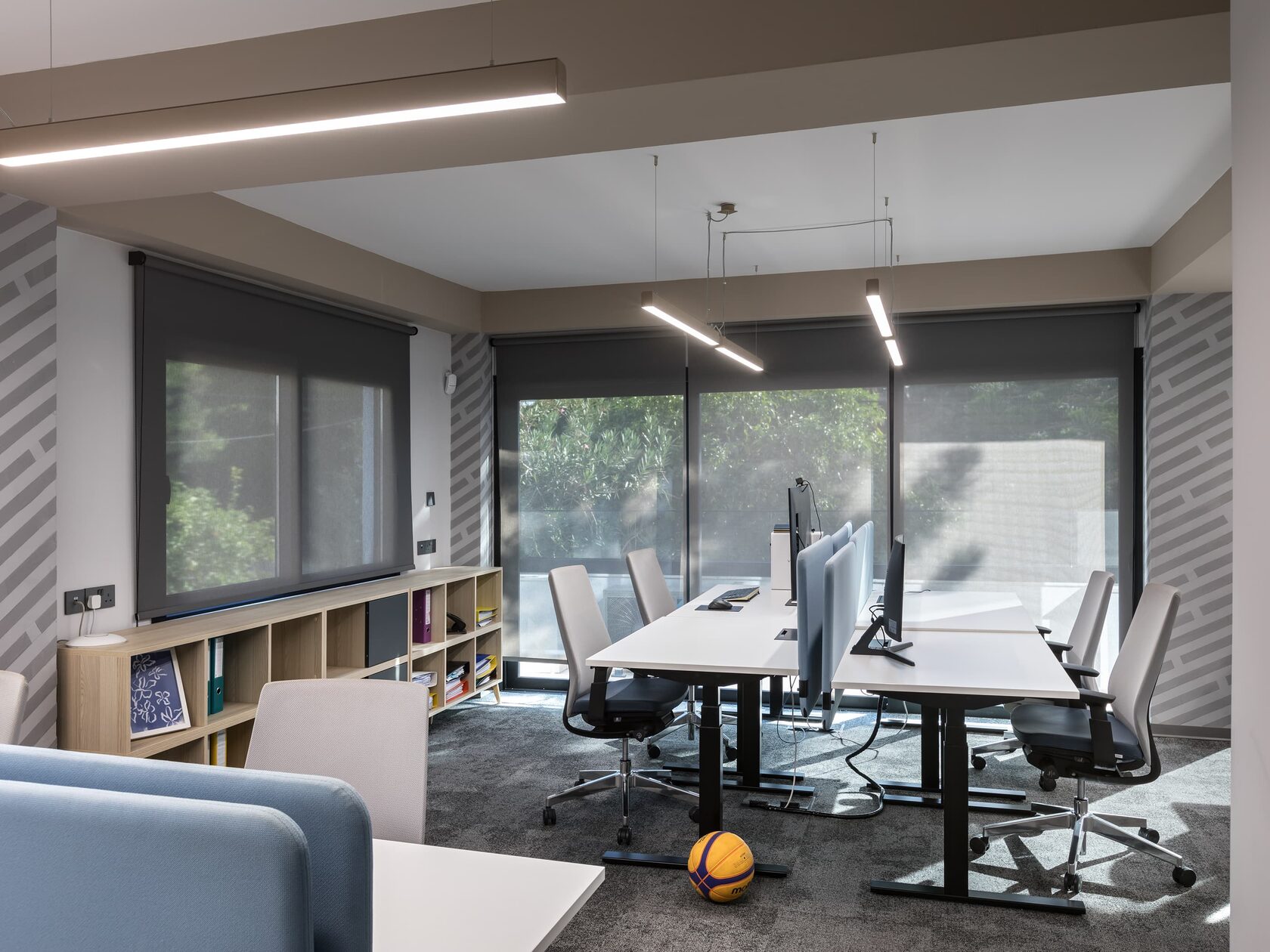
2. Light, Acoustics, and Air
2. Light, Acoustics, and Air
Proper lighting, good acoustics, and fresh air significantly impact work comfort and reduce stress. Natural light boosts concentration and reduces eye fatigue, while appropriate acoustics minimize noise, which can cause distraction and tension. In TENGO design projects, we use daylight, natural materials, and plants, which not only enhance the office’s aesthetics but also support employee regeneration and wellbeing.
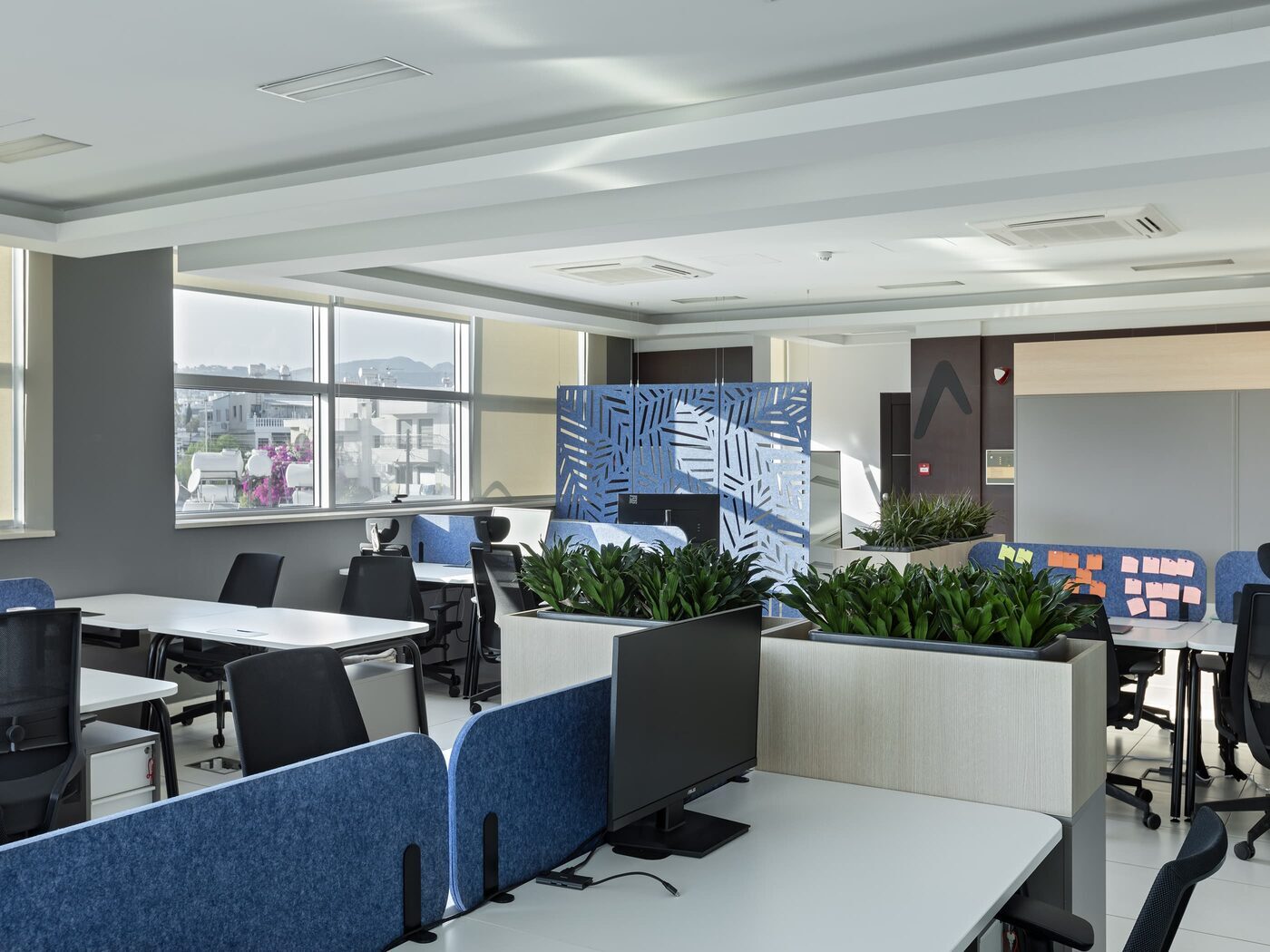
3. Wellbeing and Aesthetics
3. Wellbeing and Aesthetics
A healthy office is a space where people feel comfortable and enjoy completing their tasks. Relaxation zones, pleasant colors, plants, and open, functional areas foster creativity, team integration, and psychological comfort. Workplace wellbeing is not just a trend—it's a real factor that affects employee efficiency, motivation, and satisfaction.
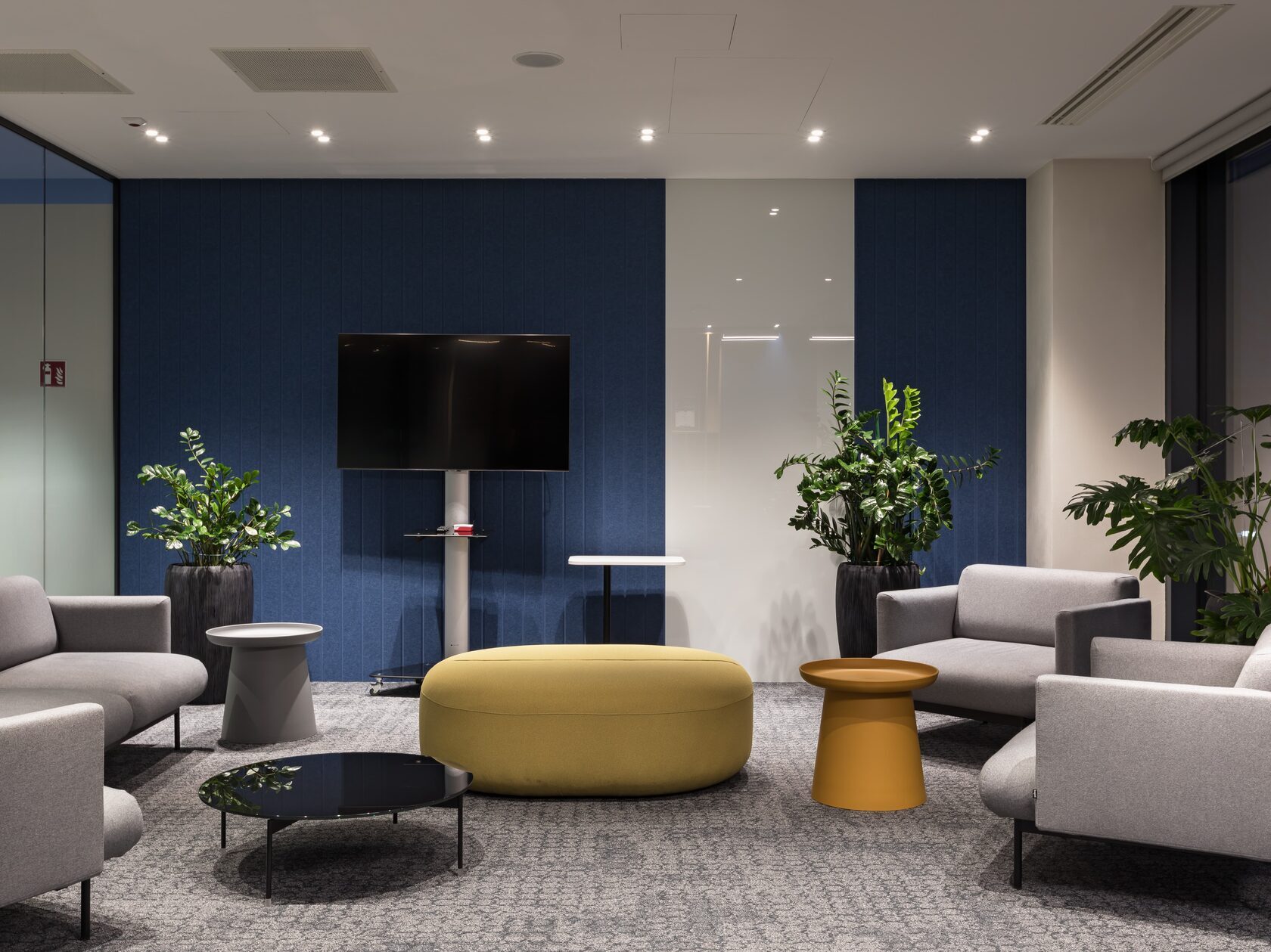
Benefits of implementing a workplace health program
Benefits of implementing a workplace health program
Lower absenteeism costs — Regular health-promoting activities reduce sick days, significantly lowering expenses related to medical treatment and substitutes.
Profitable business — Healthier employees are more engaged, productive, and cost-efficient. Preventive health programs also enhance a company’s ESG reputation.
Loyal and healthy team — Caring for employee health reduces absenteeism and occupational illnesses while increasing satisfaction and motivation.
Better company reputation — Employees value employers who prioritize their health, attracting new talent and strengthening the company’s image with clients and business partners.
Profitable business — Healthier employees are more engaged, productive, and cost-efficient. Preventive health programs also enhance a company’s ESG reputation.
Loyal and healthy team — Caring for employee health reduces absenteeism and occupational illnesses while increasing satisfaction and motivation.
Better company reputation — Employees value employers who prioritize their health, attracting new talent and strengthening the company’s image with clients and business partners.
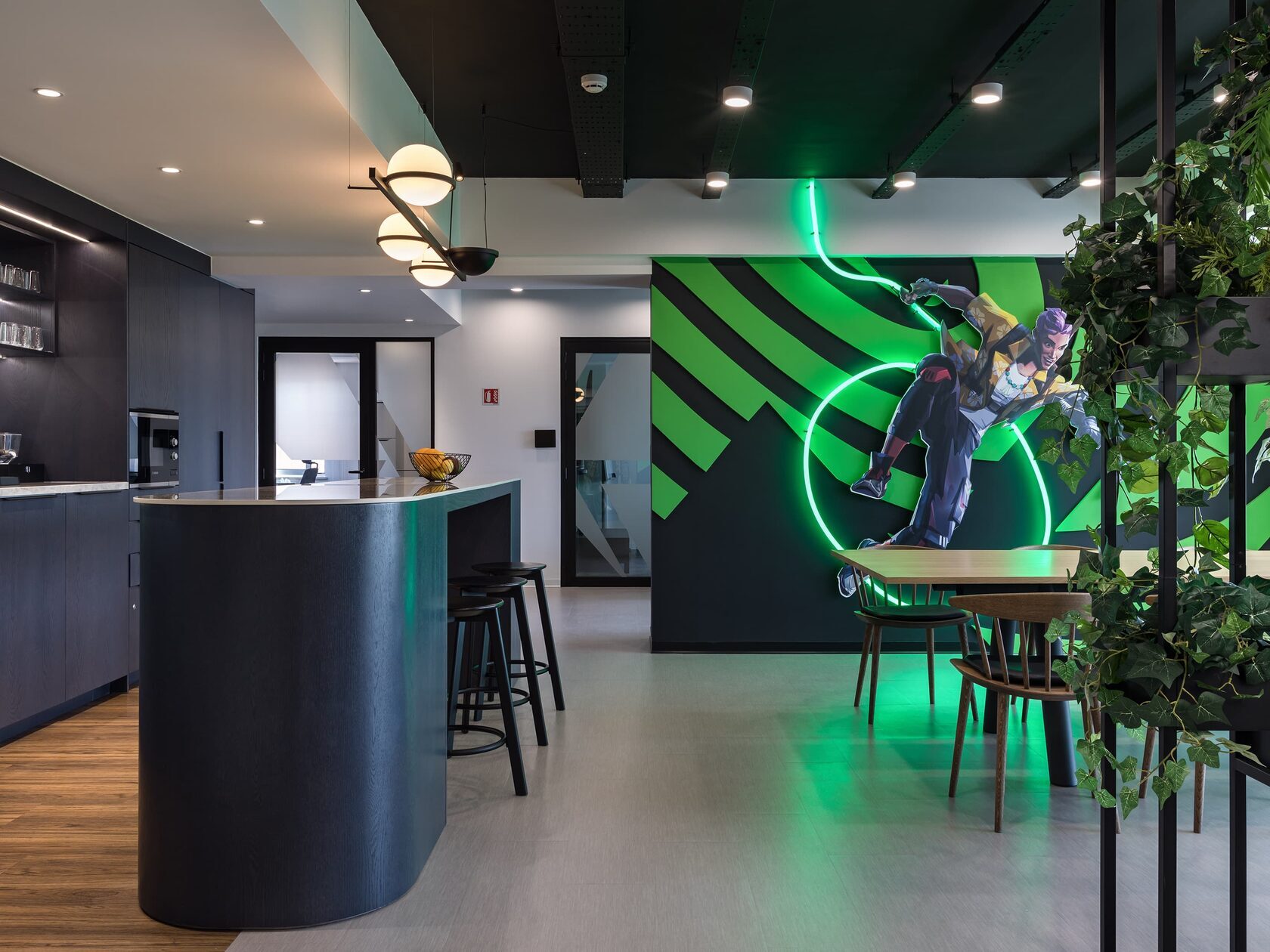
Conclusion: an office that truly supports health
Conclusion: an office that truly supports health
Workplace health prevention doesn’t start in a doctor’s office—it starts at the desk. An ergonomic office space is an effective tool that protects employee health, enhances comfort and motivation, and builds a positive organizational culture. TENGO design creates offices that combine functionality, design, and wellbeing because a healthy space equals a healthy and efficient team.
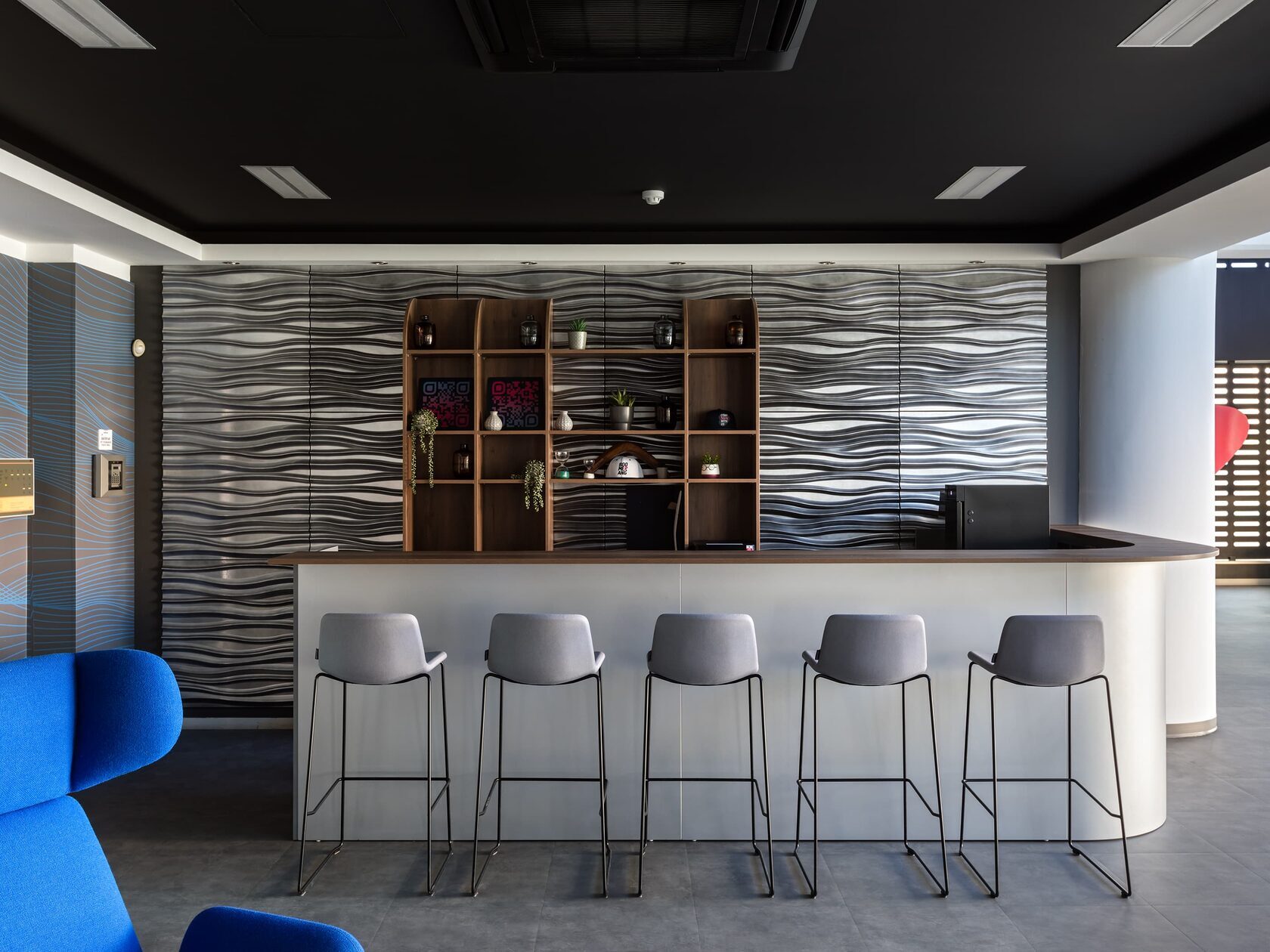
Got a project in mind? Let's discuss it!
